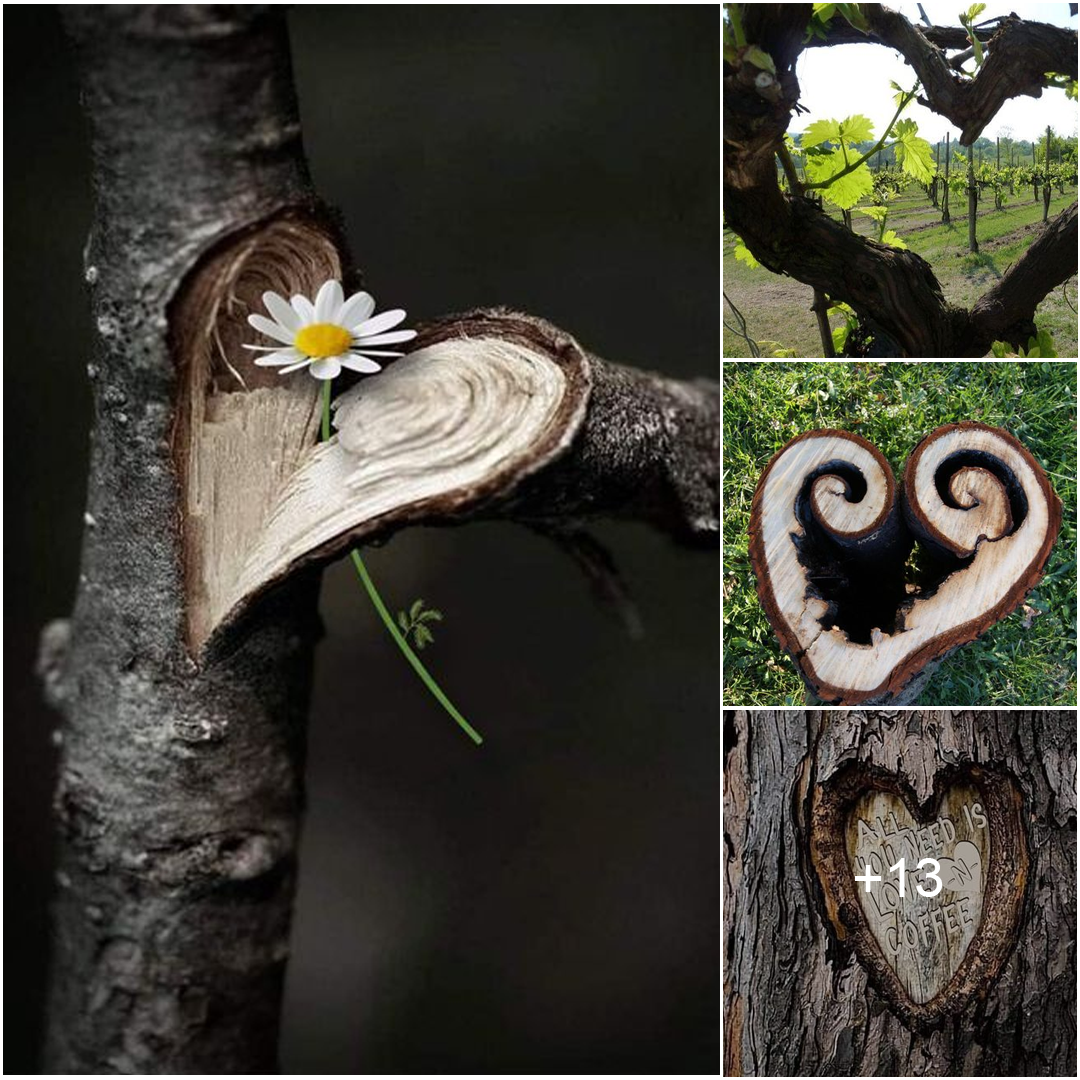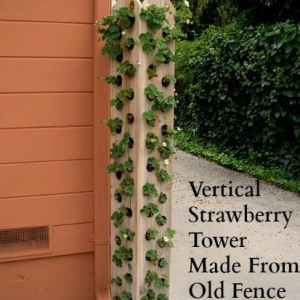
Within the expansive canvas of nature, a multitude of wonders unfolds, captivating the imagination in various forms. Among these marvels, the beguiling heart-shaped trees stand out as a testament to the intricate artistry of the natural world. These extraordinary specimens, with their branches delicately forming the unmistakable silhouette of a heart, evoke a profound sense of romance and connection with the Earth. Let’s delve into the beauty and symbolism that envelop these remarkable trees.

The Origins of Heart-shaped Trees: Nature, in its limitless creativity, occasionally bestows us with trees whose branches naturally grow into the shape of a heart. This phenomenon arises from a unique blend of genetic predisposition and environmental factors. Though a relatively rare occurrence, encountering a tree adorned with the emblematic heart shape leaves an indelible impact on those fortunate enough to witness it.


Symbolism of the Heart Shape: The heart, universally recognized as a symbol of love, affection, and emotional connection, takes on a deeper meaning when manifested in the form of a tree. Heart-shaped trees often carry associations with themes of unity, growth, and the interconnectedness of all living things. They serve as a potent reminder of the love that permeates the natural world, emphasizing our responsibility to nurture and protect it.

Cultural Significance: Throughout history, diverse cultures have revered trees and ascribed symbolic meanings to them. The heart-shaped tree, with its inherently sentimental form, has been embraced across societies as a symbol of love and harmony. In some traditions, these trees are believed to hold spiritual significance, acting as conduits between the earthly realm and the divine.
Environmental Conservation: The presence of heart-shaped trees serves as a poignant reminder of the urgent need for environmental conservation. As these unique specimens draw attention and admiration, they become ambassadors for the preservation of our planet’s biodiversity. Their existence encourages people to appreciate and protect the natural world, fostering a sense of responsibility towards maintaining a healthy and thriving ecosystem.


Tourist Attractions: In regions where heart-shaped trees can be found, they often transform into local landmarks and tourist attractions. Visitors are magnetically drawn to the allure of these natural wonders, capturing photographs and creating enduring memories. The tourism generated by these trees not only contributes to local economies but also raises awareness about the imperative need for environmental stewardship.

In the enchanting narrative of heart-shaped trees, nature weaves together aesthetics, symbolism, and a compelling call to action for the preservation of our planet’s precious ecosystems. These trees stand as living testaments to the delicate dance between humanity and the environment, inviting us to embrace our role as stewards of this extraordinary Earth.







